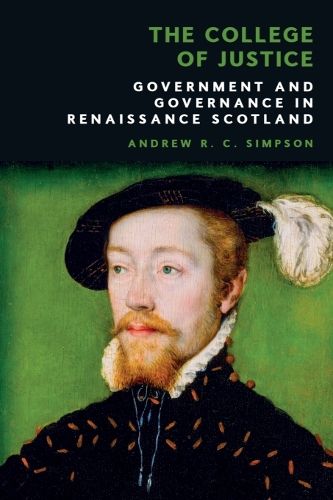Readings Newsletter
Become a Readings Member to make your shopping experience even easier.
Sign in or sign up for free!
You’re not far away from qualifying for FREE standard shipping within Australia
You’ve qualified for FREE standard shipping within Australia
The cart is loading…






In 1532, James V instituted the College of Justice, an incorporated group of expert lawyers and administrators who were to exercise supreme Scottish civil jurisdiction. Why did he decide to do that? This book argues that the scheme was informed by a powerful sense of the role that an incorporated body of expert lawyers might serve in articulating a just law for the realm. The new institution also more fully defined the relationship between the king and his supreme judges, reflecting contemporary European thought. Furthermore, the new College of Justice was meant to have a significant role in connection with the government of the Scottish Catholic Church on the eve of the Reformation.
This account of the institution of the College of Justice serves as a case study of the powerful role of lawyers in state formation during the Renaissance. It will also be of interest to those who wish to understand the origins of a court that remains part of the Scottish legal landscape to this day.
$9.00 standard shipping within Australia
FREE standard shipping within Australia for orders over $100.00
Express & International shipping calculated at checkout
Stock availability can be subject to change without notice. We recommend calling the shop or contacting our online team to check availability of low stock items. Please see our Shopping Online page for more details.
In 1532, James V instituted the College of Justice, an incorporated group of expert lawyers and administrators who were to exercise supreme Scottish civil jurisdiction. Why did he decide to do that? This book argues that the scheme was informed by a powerful sense of the role that an incorporated body of expert lawyers might serve in articulating a just law for the realm. The new institution also more fully defined the relationship between the king and his supreme judges, reflecting contemporary European thought. Furthermore, the new College of Justice was meant to have a significant role in connection with the government of the Scottish Catholic Church on the eve of the Reformation.
This account of the institution of the College of Justice serves as a case study of the powerful role of lawyers in state formation during the Renaissance. It will also be of interest to those who wish to understand the origins of a court that remains part of the Scottish legal landscape to this day.